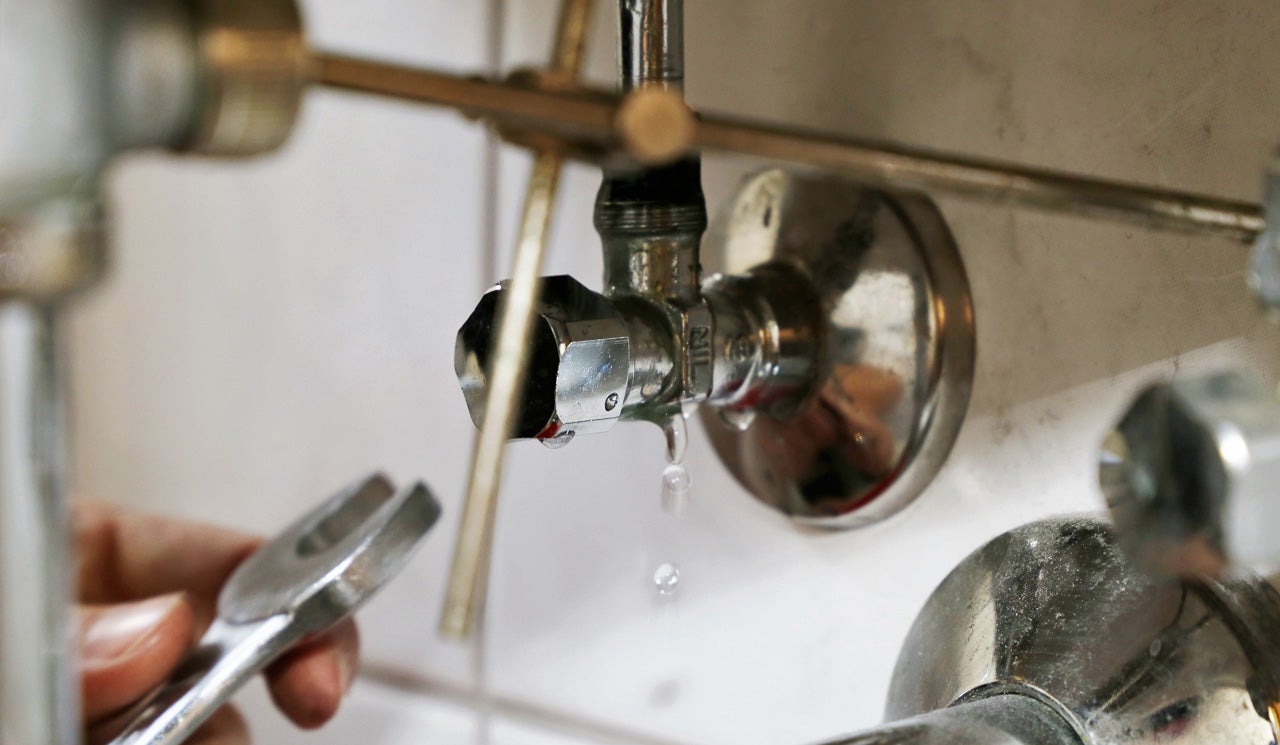6 Ways to Discover Surprise Water Leakages in Your Residence
6 Ways to Discover Surprise Water Leakages in Your Residence
Blog Article
This post below in relation to Locating water leaks is unquestionably interesting. You should take a look.

Early discovery of leaking water lines can reduce a prospective disaster. Some little water leakages may not be noticeable.
1. Take A Look At the Water Meter
Every residence has a water meter. Inspecting it is a surefire manner in which aids you discover leaks. For starters, switch off all the water sources. Make certain no person will purge, use the tap, shower, run the washing maker or dishwasher. From there, go to the meter as well as watch if it will certainly change. Because no person is using it, there ought to be no motions. That suggests a fast-moving leak if it relocates. Similarly, if you detect no changes, wait an hour or 2 and also check back again. This means you might have a slow leakage that might even be below ground.
2. Examine Water Intake
If you identify unexpected modifications, despite your usage being the same, it means that you have leakages in your plumbing system. An abrupt spike in your costs suggests a fast-moving leakage.
A constant increase every month, also with the same habits, shows you have a sluggish leak that's likewise gradually escalating. Call a plumber to completely inspect your home, specifically if you feel a cozy area on your floor with piping underneath.
3. Do a Food Coloring Test
When it comes to water usage, 30% originates from commodes. Test to see if they are running correctly. Decline specks of food color in the storage tank as well as wait 10 minutes. There's a leak in between the storage tank and bowl if the shade in some way infiltrates your bowl during that time without flushing.
4. Asses Exterior Lines
Do not neglect to check your outdoor water lines as well. Test faucets by attaching a garden pipe. Needs to water seep out of the link, you have a loosened rubber gasket. Replace this and also make sure all links are limited. It will certainly assist obtain it properly analyzed and also preserved annually if you have actually obtained a sprinkler system. One little leakage can squander lots of water and increase your water costs.
5. Analyze the situation and also evaluate
House owners ought to make it a routine to check under the sink counters as well as also inside closets for any bad odor or mold development. These two red flags show a leakage so punctual focus is called for. Doing routine assessments, even bi-annually, can save you from a major problem.
If you recognize your house is already old, maintain a watchful eye on your heating units, hoses, pipes etc. Look for discolorations and weakening as the majority of home appliances as well as pipes have a life expectancy. They will also normally wear away because of tear as well as use. Do not wait for it to rise if you presume leaking water lines in your plumbing system. Call a professional plumber as soon as possible so you don't wind up with an awful mess in your home.
Early discovery of leaking water lines can reduce a potential calamity. Some tiny water leaks may not be visible. Inspecting it is a proven way that assists you uncover leakages. One small leak can waste bunches of water and also spike your water expense.
If you think dripping water lines in your plumbing system, don't wait for it to intensify.
WARNING SIGNS OF WATER LEAKAGE BEHIND THE WALL
PERSISTENT MUSTY ODORS
As water slowly drips from a leaky pipe inside the wall, flooring and sheetrock stay damp and develop an odor similar to wet cardboard. It generates a musty smell that can help you find hidden leaks.
MOLD IN UNUSUAL AREAS
Mold usually grows in wet areas like kitchens, baths and laundry rooms. If you spot the stuff on walls or baseboards in other rooms of the house, it’s a good indicator of undetected water leaks.
STAINS THAT GROW
When mold thrives around a leaky pipe, it sometimes takes hold on the inside surface of the affected wall. A growing stain on otherwise clean sheetrock is often your sign of a hidden plumbing problem.
PEELING OR BUBBLING WALLPAPER / PAINT
This clue is easy to miss in rooms that don’t get much use. When you see wallpaper separating along seams or paint bubbling or flaking off the wall, blame sheetrock that stays wet because of an undetected leak.
BUCKLED CEILINGS AND STAINED FLOORS
If ceilings or floors in bathrooms, kitchens or laundry areas develop structural problems, don’t rule out constant damp inside the walls. Wet sheetrock can affect adjacent framing, flooring and ceilings.
https://www.servicemasterbyzaba.com/blog/how-to-detect-water-leakage-in-walls/

As a reader on Detecting hidden plumbing leaks, I assumed sharing that piece of content was a smart idea. Sharing is good. Helping people is fun. Many thanks for your time. Visit us again soon.
Report this page